Identify the vertex and intercept(s) of the function. Sketch a rough draft of the graph.
f(x)=(x-4)^2-4
vertex at (4,-4)
Intercepts (-2,0) and (6,0)
Find the zeros of the function
f(x)=x^4-x^3-2x^2
f(x)=x^2(x-2)(x+1)
0 d.r., 2, and -1
What is the complex conjugate of
-4+i
-4-i
Find the horizontal and vertical asymptotes of
f(x)=(2x)/(x^2-4)
Horizontal - y=0
Vertical - x=2, x=-2
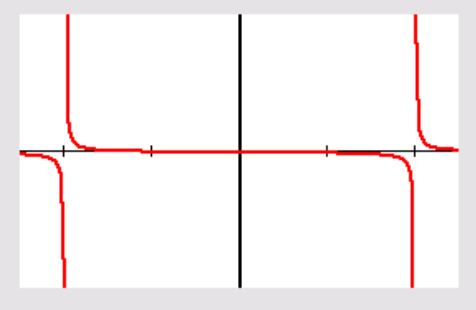
What type of model would be best for this scatter plot?
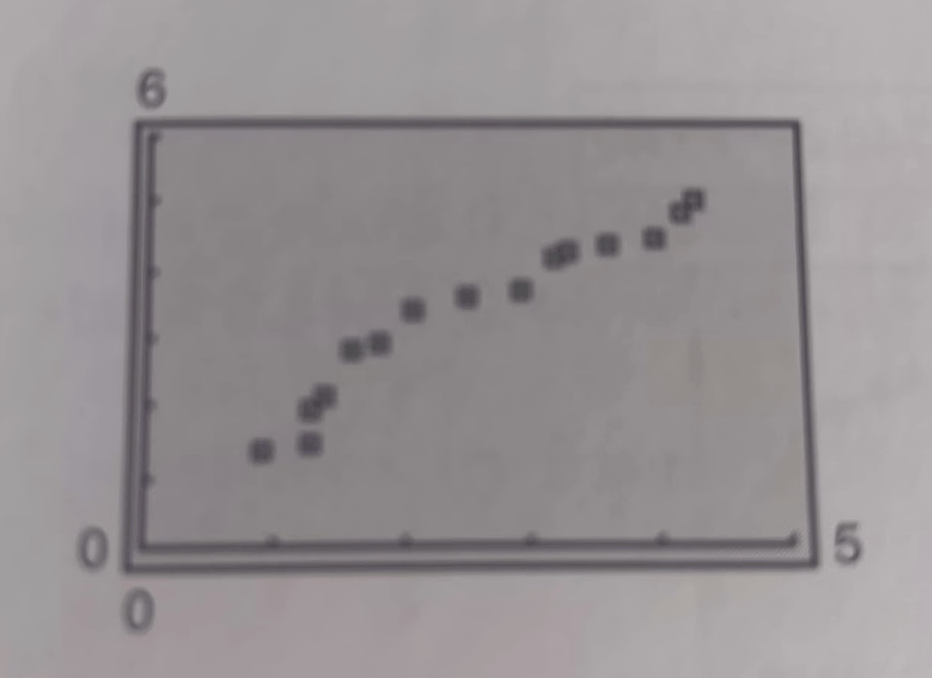
Linear Model
What are the transformations for the following graph
y=x^4
a)
f(x)=(x+5)^4
b)
f(x)=x^4-4
c)
f(x)=3+x^4
d)
f(x)=1/4(x-2)^4
a) to the left 5
b) Down 4
c) Up 3
d) to the right 2 and flatten by 1/4
Use Descartes's Rule of Signs to determine the possible number of positive and negative real zeros of the function.
h(x)=-2x^5+4x^3-2x^2+5
Positive - 3 possible positive roots
Negative - 2 possible negative roots
h(-x)=2x^5-4x^3-2x^2+5
Use Long Division to Divide
(24x^2-x-8)/(3x-2)
8x + 5 + 2/(3x - 2)
Find the horizontal and vertical asymptotes of
f(x)=(x-8)/(1-x)
x=1
y=-1
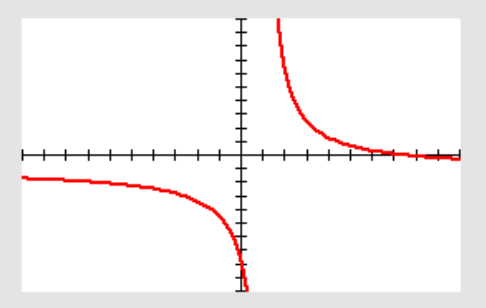
What type of model would work best for this scatter plot.
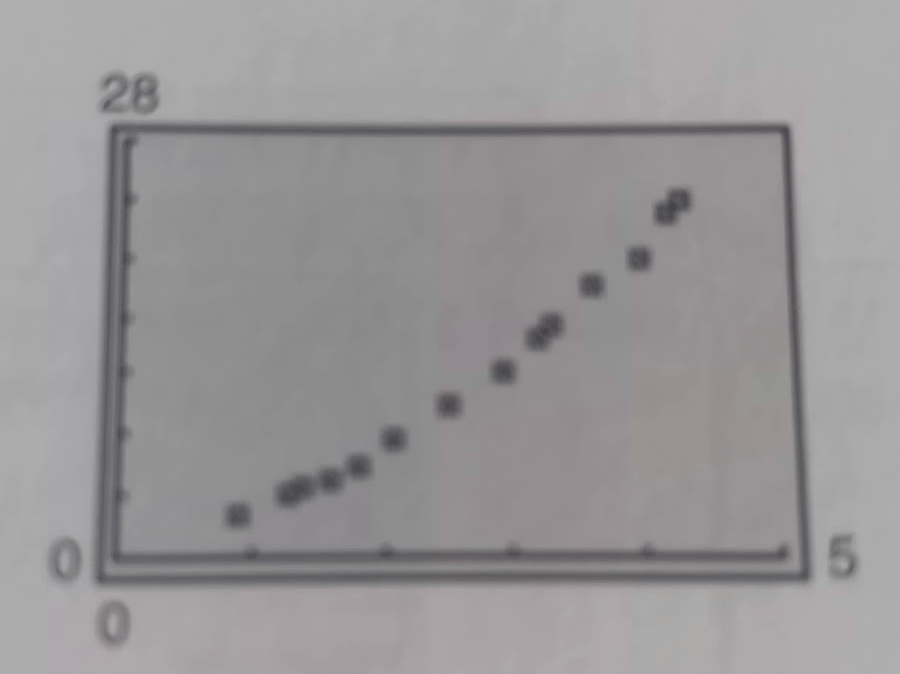
Quadratic Model
What are the transformations for the following graph
y=x^3
a)
f(x)=-x^3+4
b)
f(x)=(x+2)^3-1
c)
f(x)=-1/3x^3+1
d)
f(x)=-(x+8)^3
a) Up 4 and flip over x axis
b)Down 1 and left 2
c)Up 1, flip over x axis and flatten by 1/3
d)Left 8 and flip over x axis
Use the rational zero test to list all possible rational zeros of f.
10x^3+21x^2-x-6
(+-1,+-2,+-3+-6)/(+-1,+-2,+-5,+-10)
+-1,+-(1/2),+-(1/5),+-(1/10),+-2,+-(2/5),+-3,+-(3/2),+-(3/5),+-(3/10),+-6,+-(6/5)
Use Synthetic Division to Divide
(2x^3+6x^2-14x+9)/(x-1)
- Quotient: 2x² + 8x - 6
- Remainder: 3
Find the Vertical, Horizontal, and Slant asymptotes of
(x^2-x+1)/(x-3)
Horizontal - none
Vertical - x=3
Slant - y=x+2
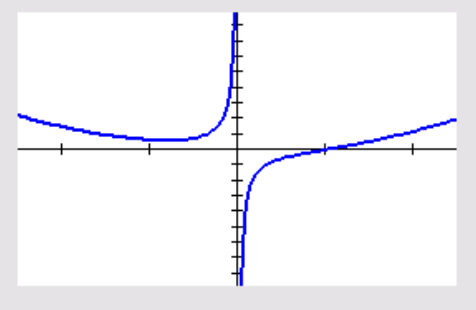
What type of model would best describe this scatter plot?
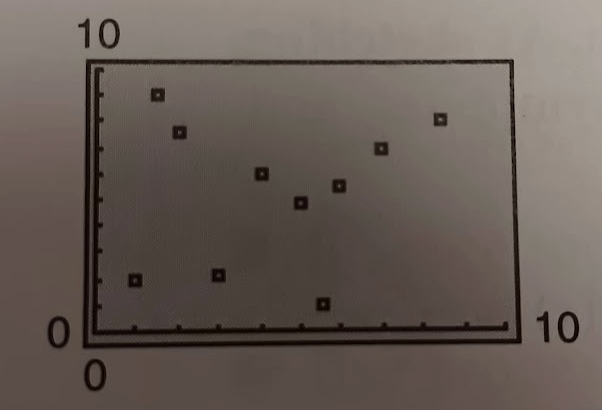
None
Identify the vertex and intercept(s)
f(x)=3x^2-12x+11
The vertex is (2,-1)
The y-intercept is (0,11)
The x-intercepts are
(2+-sqrt3/3,0)
Find all the zeros of the function.
f(x)=5x^4+126x^2+25
x=±isqrt(5 )/ 5,+-5i
Write the quotient in standard form
(1-7i)/(2+3i)
(-19 - 17i)/13 = -19/13 - 17/13i
Sketch the graph by hand and check for intercepts, vertical asymptotes, horizontal asymptotes, and slant asymptotes.
(2x^3)/(x^2+1)
Slant asymptote at 2x
no vertical or horizontal asymptotes
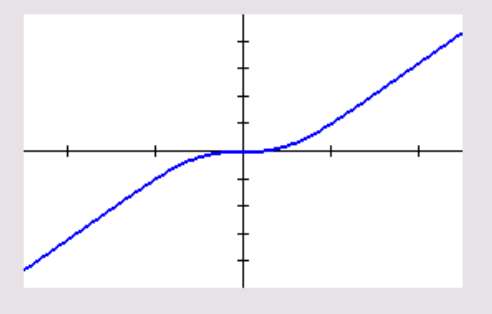
For the table below, enter the scatter plot and find the linear regression model. Write the coefficients and the correlation coefficients. Let t represent the year with t=7 corresponding to 1997.
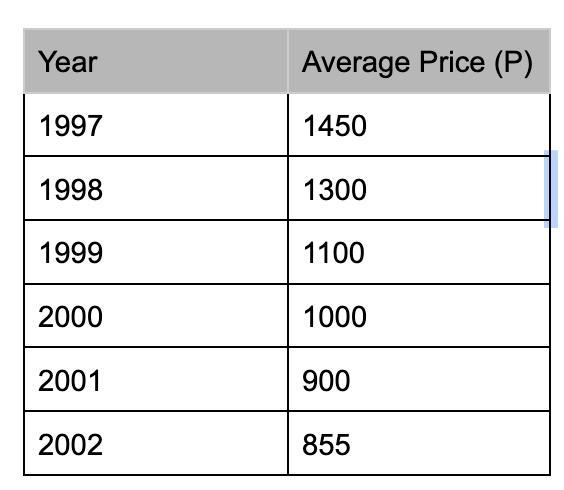
y=ax+b
a=-122.14
b=2261.19
r^2=.96
r=-.98
Write the standard form of the quadratic funcation that has the indicated vertex and whose graph passes through the given point.
Vertex (-2,-2)
Point (-1,0)
y=2(x+2)^2−2
Find all the zeros of the function. (Hint: x^2+4 is a factor)
f(x)=6x^3-5x^2+24x-20
x=5/6,+-2i
Find a polynomial function with real coefficient that has the given zeros.
1,-4,-3+5i
(x-1)(x+4)(x^2-6x-4)
x^{4}-3x^{3}-26x^{2}+12x+16
Sketch the graph by hand and check for intercepts, vertical asymptotes, horizontal asymptotes, and slant asymptotes.
(2x^2+7x+3)/(x+1)
Vertical Asymptote at x=-1
No horizontal Asymptote
Slant Asumptote at 2x+5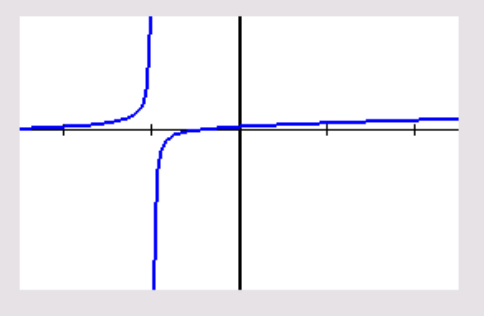
For the table below, enter the scatter plot and find the quadratic regression model. Write the coefficients and the correlation coefficient. Let t represent the year with t=7 corresponding to 1997.

y=ax^2+bx+c
a=16.52
b=-435.98
c=3703.75
R^2=1